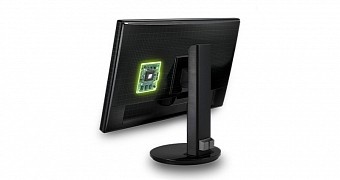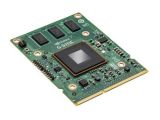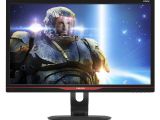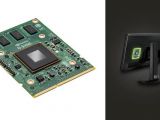In a move that seems to be doing as much good for its image as it is doing harm, NVIDIA has announced that it is adapting the G-Sync technology for laptops, under the name of G-Sync mobility.
At first glance, this might seem like good news, something that can only go over well with prospective customers. However, the way G-Sync mobility will be implemented is the part raising eyebrows.
Basically, G-Sync mobility does not rely on any special hardware module to work, unlike the desktop version.
How G-Sync works on monitors
G-Sync is a technology that can synchronize the refresh rate of a monitor with the frame rate of a graphics processing unit.
To achieve this, however, monitors have to be designed with a particular hardware module about the size of a credit card.
Normally, this wouldn't be such a big deal, but AMD was quite quick to develop an open standard alternative that doesn't require such a hardware module (FreeSync).
Despite this, quite a few G-Sync monitors have been created, more than NVIDIA expected really, according to some things they said during the last conference call we attended.
That made it certain that the feature would continue to be refined and installed on as many monitors and TVs as possible.
Adapting it for laptops was inevitable in the end, but the way G-Sync Mobility works has raised the question of why a hardware module was even required.
G-Sync Mobility does not need any special hardware
As revealed a short time ago, NVIDIA G-Sync Mobility is going to notebooks and is a purely software-based solution. Leaked drivers have been examined and they show a clear improvement over non-G-sync products.
It makes one wonder why modern monitors even need a hardware add-on at all, since a desktop monitor driver should be just as feasible as the mobile one. The limitation could be due to how monitor makers are accustomed to creating their architectures. DisplayPort should bypass most of the bottlenecks though.
Then again, the leaked G-Sync Mobility driver appears to be quite buggy, as well as inferior to a G-Sync implementation reliant on the hardware module. So NVIDIA's stance that current display technology can't cope with the variable refresh rate the way the G-Sync module can seems to be quite valid.
Perhaps in the future, we will see an exclusively driver-based G-Sync tech for desktops. G-Sync Mobility will teach every engineer and software maker involved a lesson at least.

 14 DAY TRIAL //
14 DAY TRIAL // 


